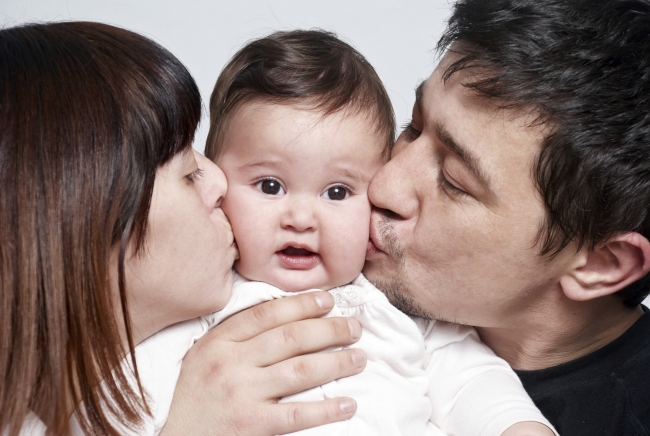Assisted Reproductive Technology (ART) includes in vitro
fertilization (IVF) via embryo transfer (IVF-ET), gamete intrafallopian transfer
(GIFT), zygote intrafallopian transfer (ZIFT), and frozen embryo
transfer (FET). These techniques also apply to egg donation and
gestational surrogacy. Approximately 99 percent of ART cycles performed
are IVF-ET.
Preliminary Data from 2016 shows that 71,296 babies were born as a result of 242,618 cycles performed during that year, at 377 SART member clinics, continuing the steady increase of ART utilization in the United States.
(Source: ASRM, 2018)
IVF describes a technique where a woman’s eggs and man’s sperm are combined in a special laboratory in order to create an embryo(s). In IVF, eggs are surgically removed from the ovary and mixed with sperm outside the body in a Petri dish ("in vitro" is Latin for "in glass"). After about 40 hours, the eggs are examined to see if they have become fertilized by the sperm and are dividing into cells. These fertilized eggs (embryos) are then placed in the women's uterus, thus bypassing the fallopian tubes.
IVF has helped many couples conceive successfully. ART
may be recommended when other treatments (such as intrauterine
insemination) have not been successful or when there is severe male
factor infertility, severe endometriosis or tubal obstruction.
1 in 8 couples have trouble getting pregnant or sustaining a pregnancy.
(Source: CDC, National Survey of Family Growth, 2006-2010)
In some instances, a couple may require the assistance of a gestational
carrier to achieve a successful pregnancy. Gestational carriers have no genetic link to the baby they
will carry. The intended parents themselves will provide the embryo
through IVF. As with egg donation, the best statistics occur when the
embryos are transferred during a fresh cycle, requiring that the women
and her gestational surrogate be synchronized as with egg donation.
Some states have laws that address surrogacy, see our legal guides. In some cases, eggs from another woman (the donor) are fertilized
with the patient’s (the recipient) husband’s sperm, and the resultant
embryos are placed in the recipient’s uterus. The eggs are stimulated
and retrieved from the donor using routine IVF techniques. The donor
may be known to and recruited by the recipient (non-anonymous
donation), or instead may be unknown to the recipient, having been
recruited by the IVF program (anonymous donation) or by a donor egg
agency.
Treating Infertility with IVF
- Blocked or damaged fallopian tubes
- Male factor infertility including decreased sperm count or sperm motility
- Women with ovulation disorders, premature ovarian failure, uterine fibroids
- Women who have had their fallopian tubes removed
- Individuals with a genetic disorder
- Unexplained infertility
IVF Surrogacy
There are two types of surrogacy arrangements: traditional and gestational
Traditional surrogacy is when the surrogate has a genetic tie to the child she carries. The surrogate is artificially inseminated with the sperm the male intended parent. Due to various legal reasons, traditional surrogacy is not as common or recommended as frequently as gestational surrogacy typically would be.
Gestational surrogacy is when the surrogate or gestational carrier in this case, does not have a genetic tie to the child she is carrying. The intended parents undergo in vitro fertilization (IVF), provide the egg and sperm and create an embryo to transfer to the gestational carrier. There are also other circumstances where one of the intended parents will contribute their egg or sperm but a sperm donor or egg donor or even a donated embryo is used in the process.